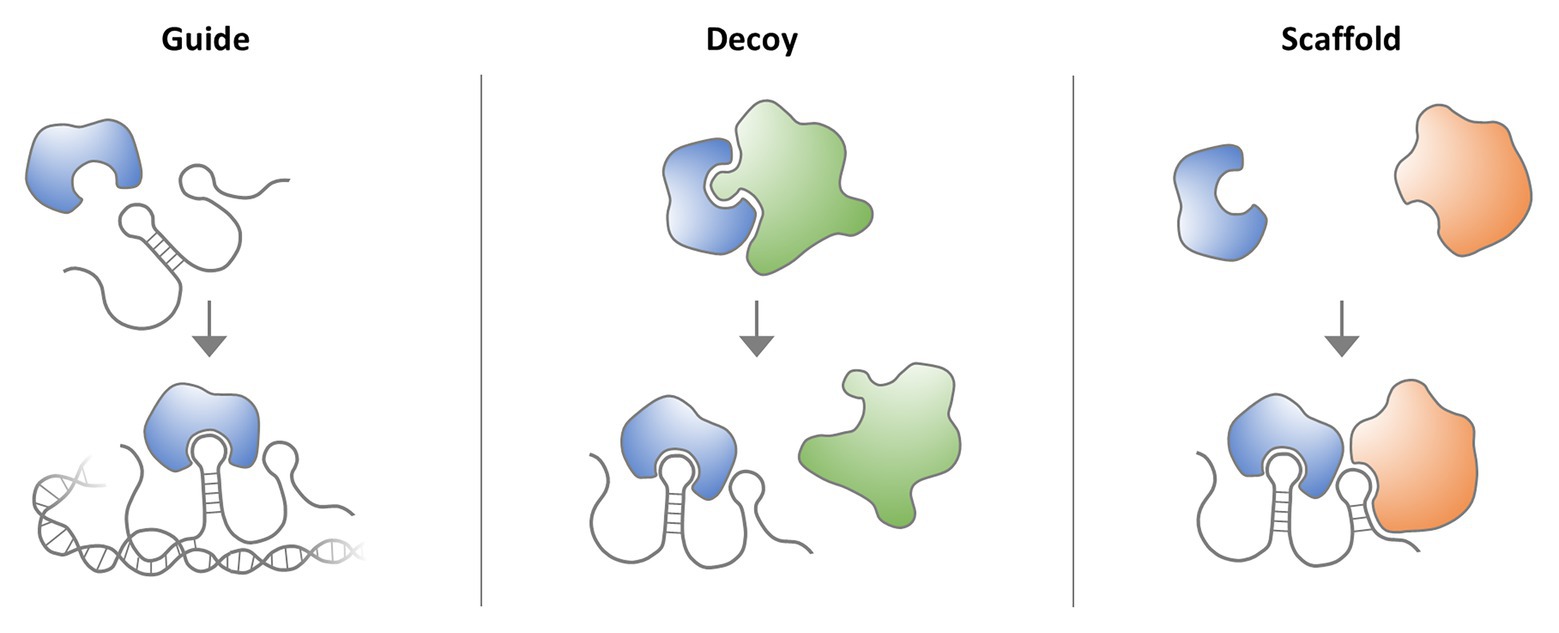

Gene regulation networks are still being explored.ĭespite significant advancements, there is still much to uncover about the intricacies of gene regulation networks. These variations can contribute to inter-individual differences in gene expression and susceptibility to certain diseases. Genetic variations, such as single nucleotide polymorphisms (SNPs), can affect the function of regulatory elements within gene regulation networks. Read also: 10 Surprising Facts About B Lymphocytes Gene regulation networks can be influenced by genetic variations. This property allows for complex and versatile gene expression responses. The interactions within gene regulation networks can give rise to non-linear dynamics, where small changes in input can result in significant changes in output. Gene regulation networks can exhibit non-linear dynamics. Gene regulation networks play a key role in establishing and maintaining these cell-type-specific expression patterns, contributing to cellular diversity and specialization. Gene expression profiles can vary across different cell types within an organism. Gene regulation networks can differ between cell types.

These modifications can alter the accessibility of the DNA and affect the binding of regulatory proteins, ultimately influencing gene expression. Gene regulation networks can involve epigenetic modifications.Įpigenetic modifications, such as DNA methylation and histone modifications, can influence gene regulation networks. Understanding the dysregulation of these networks can provide valuable insights into disease mechanisms and potential therapeutic targets. Gene regulation networks are involved in diseases.Īberrations in gene regulation networks can lead to various diseases, including cancer, metabolic disorders, and developmental disorders. These environmental signals can activate or inhibit specific genes, allowing organisms to respond and adapt to changes in their surroundings. Read also: 11 MindBlowing Facts About Meiosis Gene regulation networks can be influenced by environmental factors.Įxternal factors, such as temperature, light, and nutrients, can impact gene regulation networks. They ensure that the right genes are expressed at the right time and in the right place, contributing to the proper development and functioning of an organism.

Gene regulation networks are essential for development.ĭuring development, gene regulation networks orchestrate the formation of different cell types and tissues. Gene regulation networks allow organisms to adapt to their environment by modulating the expression of specific genes in a timely and coordinated manner. Gene expression levels can change rapidly in response to internal and external cues. Gene regulation networks are highly dynamic. These networks consist of a variety of regulatory elements, such as transcription factors and DNA-binding proteins, that work together to turn genes on or off. Gene regulation networks are complex systems of interactions that determine when and where a gene is expressed within an organism. Gene regulation networks play a crucial role in controlling gene expression.


 0 kommentar(er)
0 kommentar(er)
